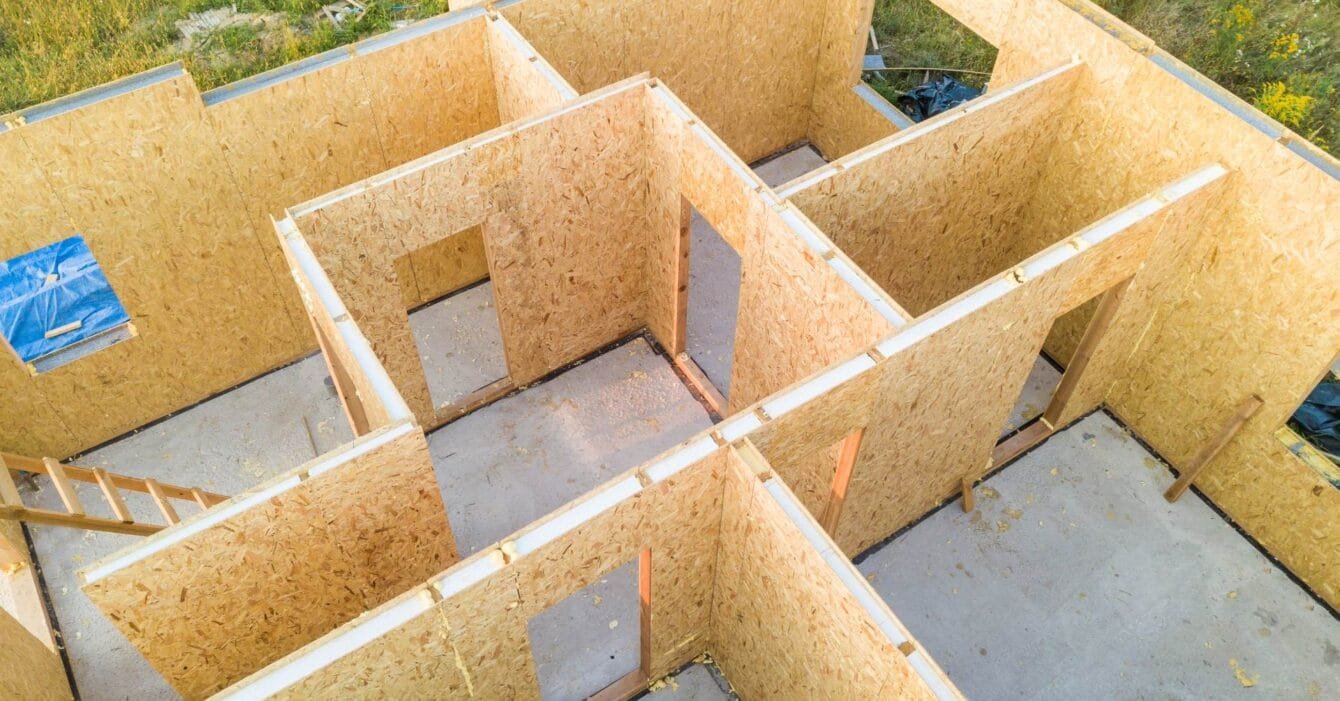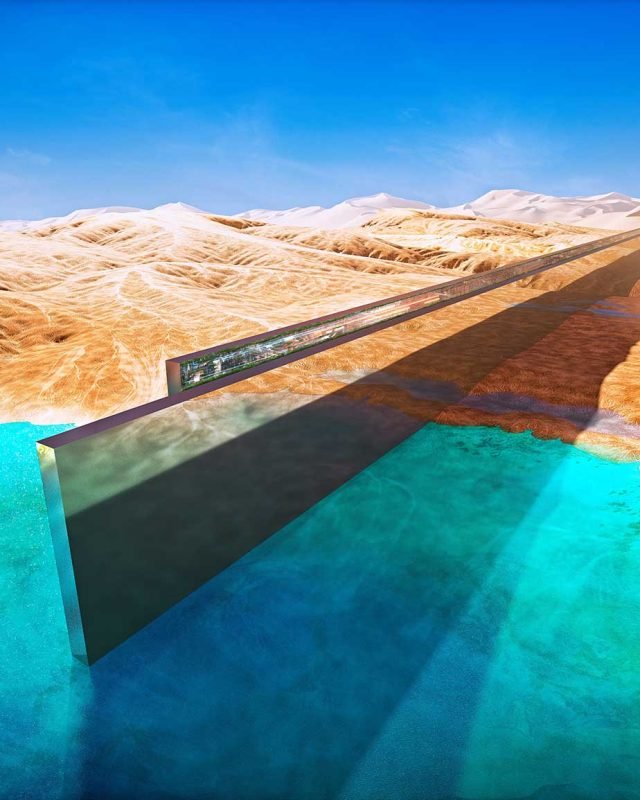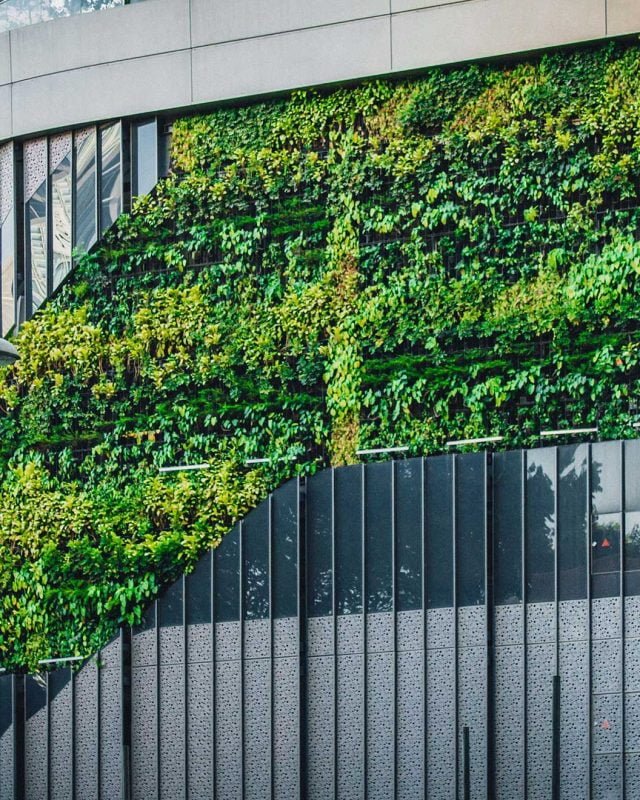Modular Construction: The Future of Cost-Efficient and Sustainable Building in Saudi Arabia
As Saudi Arabia continues to push forward with its ambitious Vision 2030, the construction sector is exploring innovative approaches to meet the growing demand for infrastructure. One of the key trends transforming the industry is modular construction, a method that involves manufacturing building components off-site in a controlled environment, then transporting and assembling them at the construction site. With the integration of digital tools, modular construction is revolutionizing how buildings are designed, constructed, and delivered, offering significant advantages in terms of cost savings, time efficiency, and sustainability.
This article delves into how digital tools are enabling modular construction in Saudi Arabia and examines the benefits this approach brings to the table.
The Rise of Modular Construction in Saudi Arabia
Modular construction is gaining traction in Saudi Arabia as developers and contractors seek faster, more cost-effective solutions to meet the Kingdom’s infrastructure and housing needs. With mega-projects like NEOM and the Red Sea Project driving demand, modular construction offers a viable alternative to traditional construction methods.
The construction process starts in a factory-like setting, where modules or sections of the building are fabricated using standardized processes. These modules are then transported to the site and assembled, significantly reducing on-site labor and construction time. The use of advanced digital tools, such as Building Information Modeling (BIM) and 3D design software, enables precise planning, customization, and real-time collaboration among project stakeholders, further optimizing the modular construction process.
How Digital Tools Empower Modular Construction
- Building Information Modeling (BIM): BIM is at the forefront of digital tools that are enabling modular construction in Saudi Arabia. This technology allows project teams to create 3D digital models of a building, which helps in detailed planning, visualization, and clash detection before actual construction begins. BIM facilitates real-time collaboration among architects, engineers, and contractors, reducing the risk of errors and delays.
- 3D Printing and Advanced Manufacturing: In modular construction, 3D printing is used to create precise components, ensuring accuracy and quality control during production. Advanced manufacturing technologies, such as robotic automation, allow for the mass production of building modules in factory settings, making the entire process faster and more efficient.
- Project Management Software: Digital project management tools, such as cloud-based platforms, enable real-time tracking of the progress and logistics of modular construction projects. These tools offer transparency, allowing all stakeholders to monitor production timelines, material sourcing, and transportation schedules. The efficiency gained through these systems helps reduce project completion times and manage costs effectively.
![]()
The Benefits of Modular Construction in Saudi Arabia
- Cost Efficiency: One of the most significant benefits of modular construction is cost savings. By streamlining production processes and reducing the need for on-site labor, modular construction helps minimize expenses. In traditional construction, weather delays, material wastage, and labor costs can drive up the budget. With modular construction, components are produced in a controlled environment, reducing the likelihood of unforeseen costs and ensuring better cost predictability.
- Faster Construction Timelines: Modular construction allows for faster project completion. As sections of the building are constructed off-site in a factory setting, site preparation and foundation work can take place simultaneously. This parallel approach can reduce project timelines by up to 50%, making it an ideal solution for meeting tight deadlines, particularly in the context of large-scale Saudi infrastructure projects.
- Enhanced Sustainability: Sustainability is a critical component of Saudi Arabia’s Vision 2030, and modular construction offers several environmental advantages. Factory-based production minimizes waste generation and allows for the efficient use of materials. Moreover, by reducing on-site activity, modular construction lowers energy consumption and minimizes the carbon footprint. Digital tools, such as BIM, also enable more sustainable design choices by optimizing material usage and improving energy efficiency during the building’s lifecycle.
Conclusion: The Future of Modular Construction in Saudi Arabia
Modular construction, powered by digital tools, is transforming the construction landscape in Saudi Arabia. It offers faster, more efficient, and sustainable alternatives to traditional construction methods. With growing interest from both public and private sectors, modular construction is set to play a pivotal role in meeting Saudi Arabia’s infrastructure goals while aligning with the sustainability objectives of Vision 2030.



